
Filter News
Area of Research
- (-) Neutron Science (13)
- Biological Systems (1)
- Biology and Environment (24)
- Computational Biology (1)
- Computer Science (1)
- Electricity and Smart Grid (1)
- Energy Science (22)
- Fusion and Fission (18)
- Fusion Energy (4)
- Isotopes (7)
- Materials (16)
- National Security (14)
- Nuclear Science and Technology (16)
- Supercomputing (34)
News Topics
- (-) Biomedical (8)
- (-) Clean Water (2)
- (-) Machine Learning (3)
- (-) Nuclear Energy (1)
- (-) Space Exploration (1)
- (-) Summit (2)
- 3-D Printing/Advanced Manufacturing (3)
- Artificial Intelligence (4)
- Big Data (1)
- Bioenergy (3)
- Biology (3)
- Chemical Sciences (2)
- Computer Science (7)
- Coronavirus (5)
- Energy Storage (2)
- Environment (3)
- Fossil Energy (1)
- High-Performance Computing (1)
- Hydropower (1)
- Materials (5)
- Materials Science (7)
- Mathematics (1)
- Microscopy (1)
- Nanotechnology (2)
- National Security (1)
- Neutron Science (54)
- Physics (1)
- Polymers (1)
- Quantum Computing (1)
- Quantum Science (1)
- Security (1)
- Transportation (1)
Media Contacts
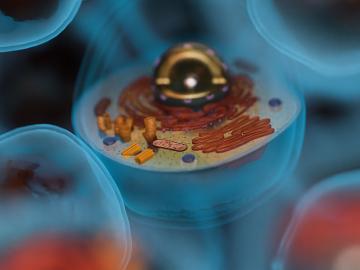
Scientists at ORNL used neutrons to end a decades-long debate about an enzyme cancer uses.
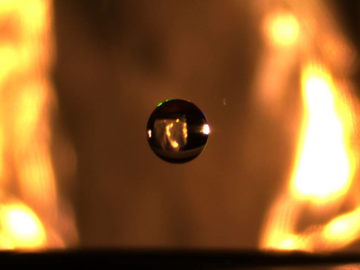
How do you get water to float in midair? With a WAND2, of course. But it’s hardly magic. In fact, it’s a scientific device used by scientists to study matter.

Neutron experiments can take days to complete, requiring researchers to work long shifts to monitor progress and make necessary adjustments. But thanks to advances in artificial intelligence and machine learning, experiments can now be done remotely and in half the time.
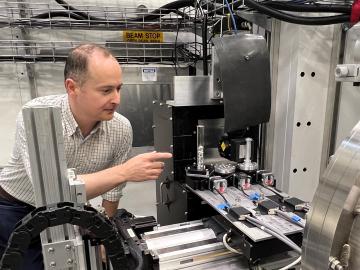
How did we get from stardust to where we are today? That’s the question NASA scientist Andrew Needham has pondered his entire career.
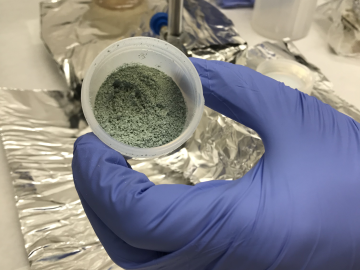
ORNL researchers used the nation’s fastest supercomputer to map the molecular vibrations of an important but little-studied uranium compound produced during the nuclear fuel cycle for results that could lead to a cleaner, safer world.
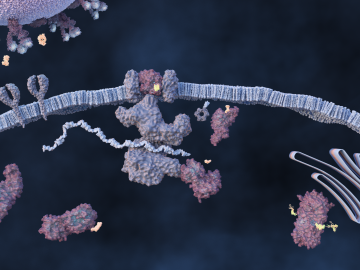
An ORNL-led team comprising researchers from multiple DOE national laboratories is using artificial intelligence and computational screening techniques – in combination with experimental validation – to identify and design five promising drug therapy approaches to target the SARS-CoV-2 virus.
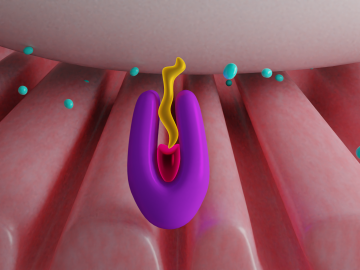
Pick your poison. It can be deadly for good reasons such as protecting crops from harmful insects or fighting parasite infection as medicine — or for evil as a weapon for bioterrorism. Or, in extremely diluted amounts, it can be used to enhance beauty.
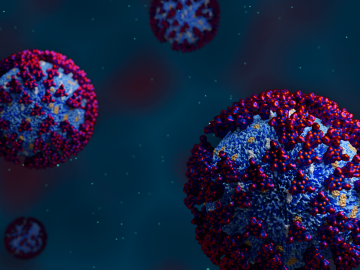
In the race to identify solutions to the COVID-19 pandemic, researchers at the Department of Energy’s Oak Ridge National Laboratory are joining the fight by applying expertise in computational science, advanced manufacturing, data science and neutron science.

A versatile class of flexible, protein-like polymers could significantly advance future drug delivery methods. But first, scientists have to develop a reliable process for tailoring these polymers into shapes that can effectively transport medicines throughout the human body.
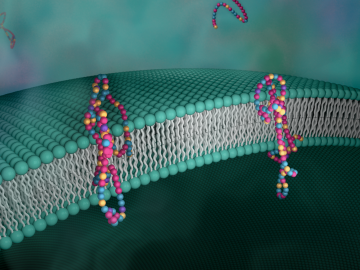
Biological membranes, such as the “walls” of most types of living cells, primarily consist of a double layer of lipids, or “lipid bilayer,” that forms the structure, and a variety of embedded and attached proteins with highly specialized functions, including proteins that rapidly and selectively transport ions and molecules in and out of the cell.


